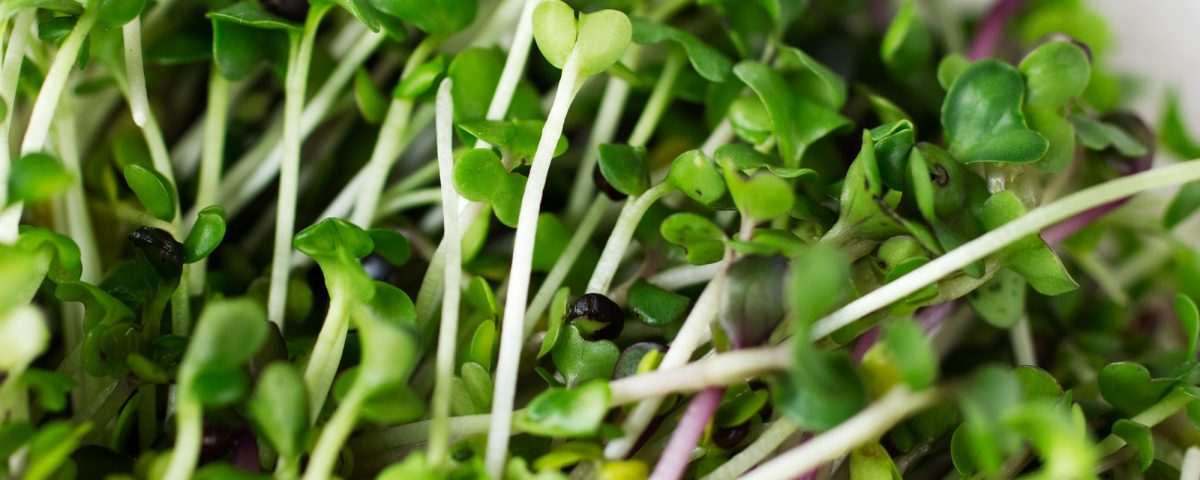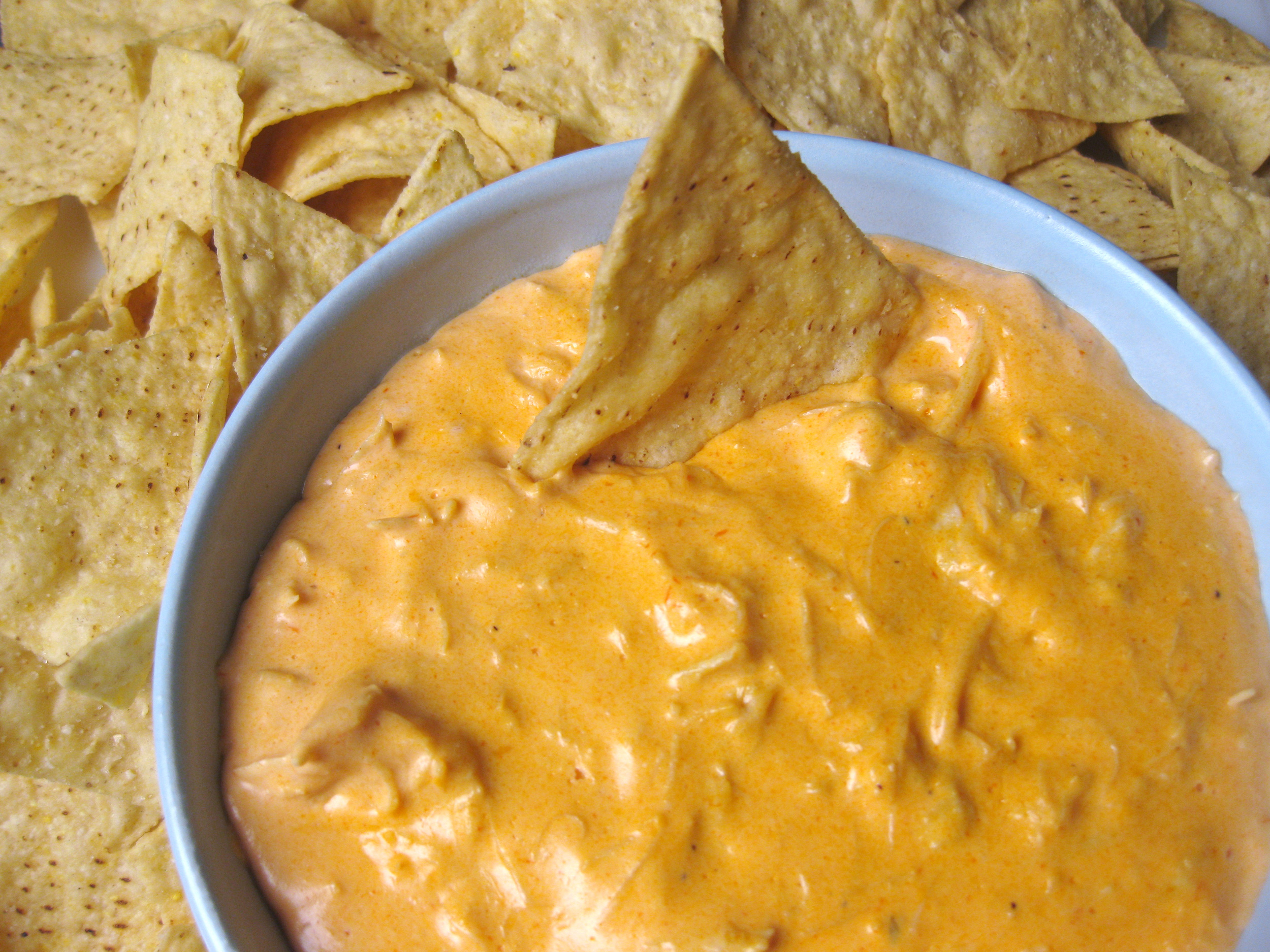
15 Party Dips
October 28, 2016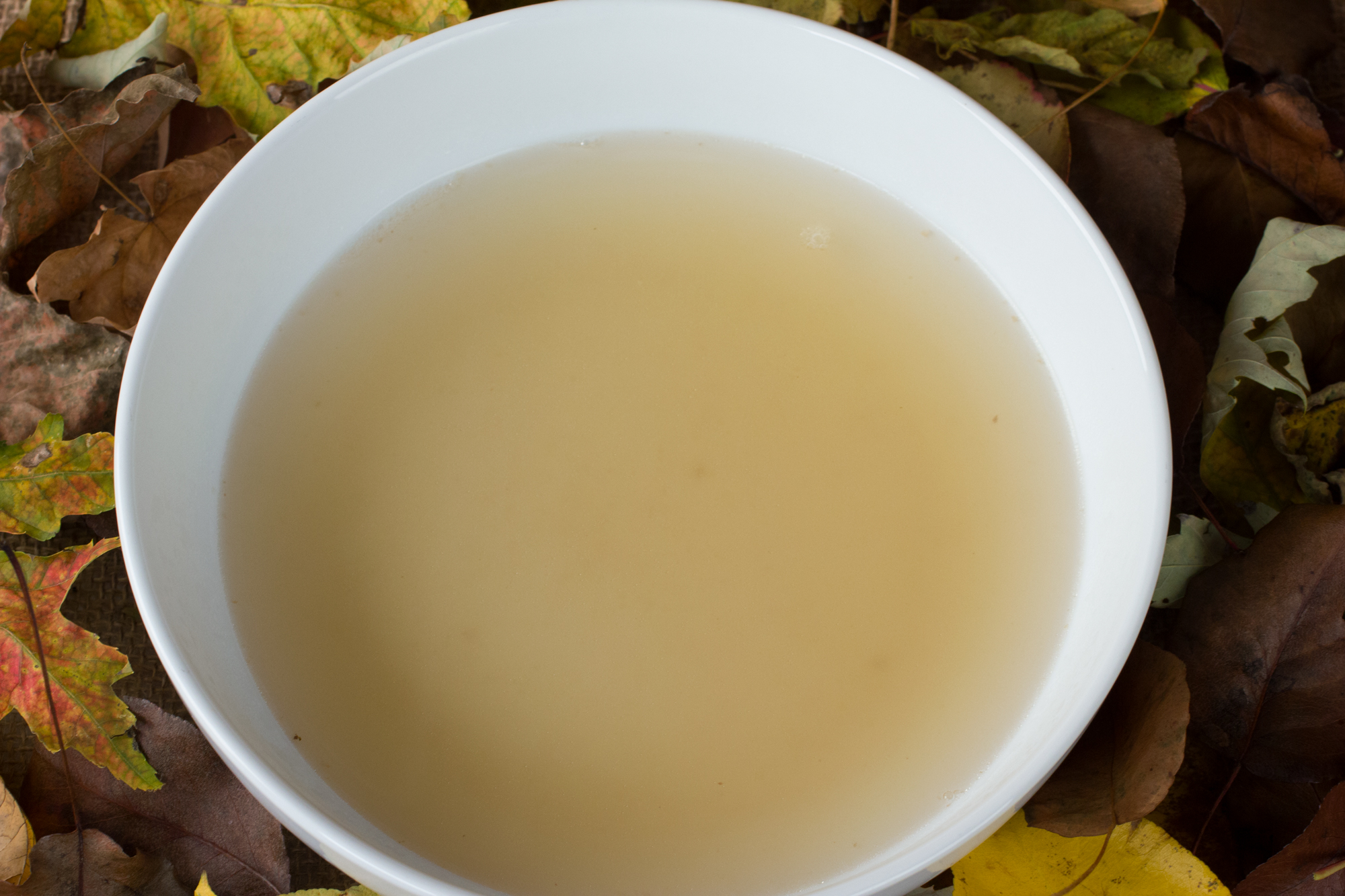
Broth and Stock from the Nourished Kitchen
November 22, 2016October 11, 2016
Interview with the Owner of Super Micro Greens
Recently here in Indianapolis, Indiana, I was trying to get my hands on some microgreens for a recipe. These little guys have amazing flavor and pack an intense punch for their size. Often used as a garnish at high end restaurants microgreens are also amazing on thier own. It's not something easily found at grocery's around here but lucky for me Ian had an easy to navigate website and he was local. Ian Mott is one of the owners of Super Micro Greens and was kind enough to sit down and talk with me about this amazing style of farming and the benefits it can have on our bodies and environment. We started with the question...
What is a microgreen?
Microgreen is a stage of growth of a vegetable. They provide a variety of leaf flavors and textures. They are great for garnishing sandwiches soups and salads. Imagine you have a bell curve on one side of the bell curve you have a seed. On the other side, lets say your talking about cabbage you have a whole head of cabbage, so if you draw a bell curve and this bell curve represented nutrition it turns out the peak of that bell curve is the microgreen. The microgreen has 4 to 40 times the nutrition of the seed or the full grown cabbage.So this 2.4 ounces if they were full grown you'd have to eat 4 to 40 times the amount to get the same nutrition.
How do they find this out?
The FDA has been doing research for 25 years people just aren't aware of it. This is all FDA funded research.
These don't look like a half way grown plants to me.
The difference between a sprout and an microgreen is this is right before or right after the true leaves form so the sprout leaves, which is what you primarily see here. so we are growing it just past the sprout phase. The sprout phase is just about three to four days and what happens is as it gets older the chance of you getting sick drops to almost zero.
Why would you get sick?
With a sprout the highest chance of contamination is at the seed not the plant. It turns out. It has to do with how the seeds are harvested. They can get contaminated. So it turns out the longer you get away from that seed the bacteria counts go down, down, down, and down. That sprout the bacteria counts are really high. That is why so many restaurants stopped carrying bean sprouts because they couldn't assume the liability of serving sprouts.
You can still get them at grocery stores right?
But the grocery stores don't have to assume the liability when you take it home...
Why microgreens?
One ounce of my red acre cabbage is equal in protein to forty ounces of a regular full grown cabbage. So would you rather eat 1 ounce of cabbage or an entire head of cabbage? A side salad is about 4 ounces, half that side salad is equivalent in protein to a chicken breast or a small steak.
The reason I do this is I want to have the greatest impact. and this is how I do it. According to the Federal Government 80% of Americans are malnutritioned, that's essentially every one in this town. The product kinda sells itself, people get cravings for it after they start eating it. When your body realizes it can get nutrition from a source it gets cravings just like pregnant women. We have regular clients that get cravings for these things.
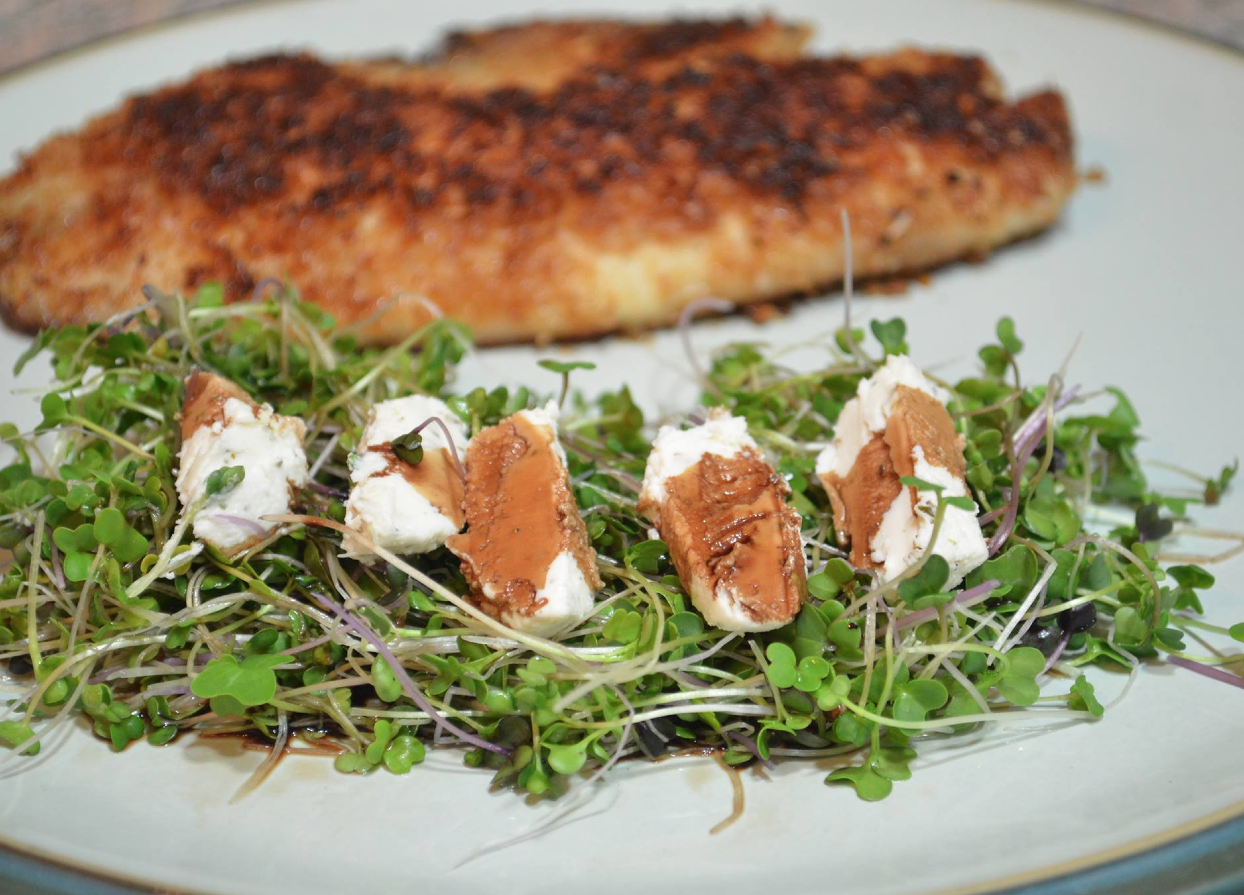
How do you do it?
Well its me and my business partner Rami Lazarus who is the chef. Hes is also the Chef down at Mo'Joe Coffeehouse too. We have three employees right now. We did 3 years of research and development before we opened and we've been open for a year now. So we're four years into this.
We have multiple suppliers, we do sell the seeds because we buy them in such huge volumes 25 lb bags. We do several forms of out-reach right now. We are working with Emmerich Manual High School on the south side and we have two grant programs we are trying to get going down there. Hopefully we are going to use those as our pilots and do ten schools by next year. We are going to come in and teach the kids how to grow them for a food pantry or at home. This first year was just getting established, our foothold, and clientele.
Most of the high end restaurants in town, McCormick and Schmidt, Mikado Japanese Restaurant, The Alexander Hotel, Indianapolis Museum of Art, Indiana State Museum, Montage, Geist Yacht Club. I just signed Salt on Mass today. Its a pretty new seafood restaurant but the beauty of that was they all knew who I was and had tried the product before at other restaurants. One nice thing of having been here for awhile and watching other people come and go is they are starting to realize we aren't going anywhere. The other thing about us is we are in a warehouse which means I can produce this (Ian holds up microgreen tray) every day of the year. Unlike a greenhouse or a hot house, even if you have artificial lighting is still effected by outside conditions. We are able to maintain the same conditions 365 days of the year. Which means we are able to provide a consistent product. There are a lot of farms that provide all year round but they take longer to grown in the winter than the summer for them. Because we did our own R&D, we own all the IP for the machine, and method, and soilless medium.
We use 95-98% less recesses that crops grown outside. That head of cabbage will take 300 liters of water to produce outside and we average 1.5 to 3 liters of water for the same nutritional density. We have to factor that in our calculations. 48 square feet will produce the equivalent of an acre of farm land in a year.
How does one become a regular client?
We have two options. We have a consumer to consumer model where you can come and pick-up for you and your friends, and there is a delivery fee that would go to you for getting those trays to your friends. or we can use a courier service or have one of our other consumers get it to you. We primarily sell to restaurants. We just started our consumer to consumer and so our idea was to get people who work at a gym or, if five guys in your office all want ingredients then you come pick them up, take them to your office, you just paid for your tray with the shipping fees. That is what we are working on now. Trying to get yoga teachers, and instructors, people in offices.
You mentioned that most of your microgreens are grown to order.
The nice thing about growing to order is if you say, I want greens every Friday. Well we would need ten to 14 day lead time because what we are going to do is plant a tray for you that is going to have your name on it and its ready the day you want it. When you come into the warehouse all the trays has an id number, what variety, and who it's for. It means we have almost zero waste because we don't grow excess products. That allows us to operate at a lower cost. We are a half to a third a price of or nearest competitor.
Our nearest competitors shelf life is one or two days according to our clients. We average 5-7 in restaurants and 10-14 at home. Even at 5-7 that means most restaurants get it once to twice a week where as all their other produce they need to get every other day or every three days. We recently started working with the Alexander hotel in downtown Indianapolis. They use the greens in all the restaurants in the hotel and we were cutting their costs by 88% versus our competitor. So not only were we cheaper but when they factored in the additional shelf like they realized the were buying a whole bunch of excess product that was getting thrown away.
If I just wanted to try your product out before buying a full tray at your warehouse, where would be a good place to do that?
We were in the Bicentennial market during the summer, we are not in any markets right now. Good Earth and Goose the Market carry our greens sometimes but it's kind of seasonal. Not right now but as other local growers drop out when it gets colder the sellers want fresh produce in the store. We have been trying to do a partnership with the artisan guys at city market but the coleslaw hasn't take off quite yet. We are working on a bunch of other partnership opportunities, Goose the market recently has done a smoked version which was interesting, we made a sausage with the micros in it. I have an executive chef and we are trying to make products out of it.
People can find you at... Super Micro Greens at supermicrogreens.com we are on Facebook and Instagram there is a purchase form on the site and a seed list. All trays are very reasonably priced. Try' em out! If you don't live in the Indianapolis area don't give up! Check online or your farmers market to find a microgreen grower near you. Some other product samples he brought along.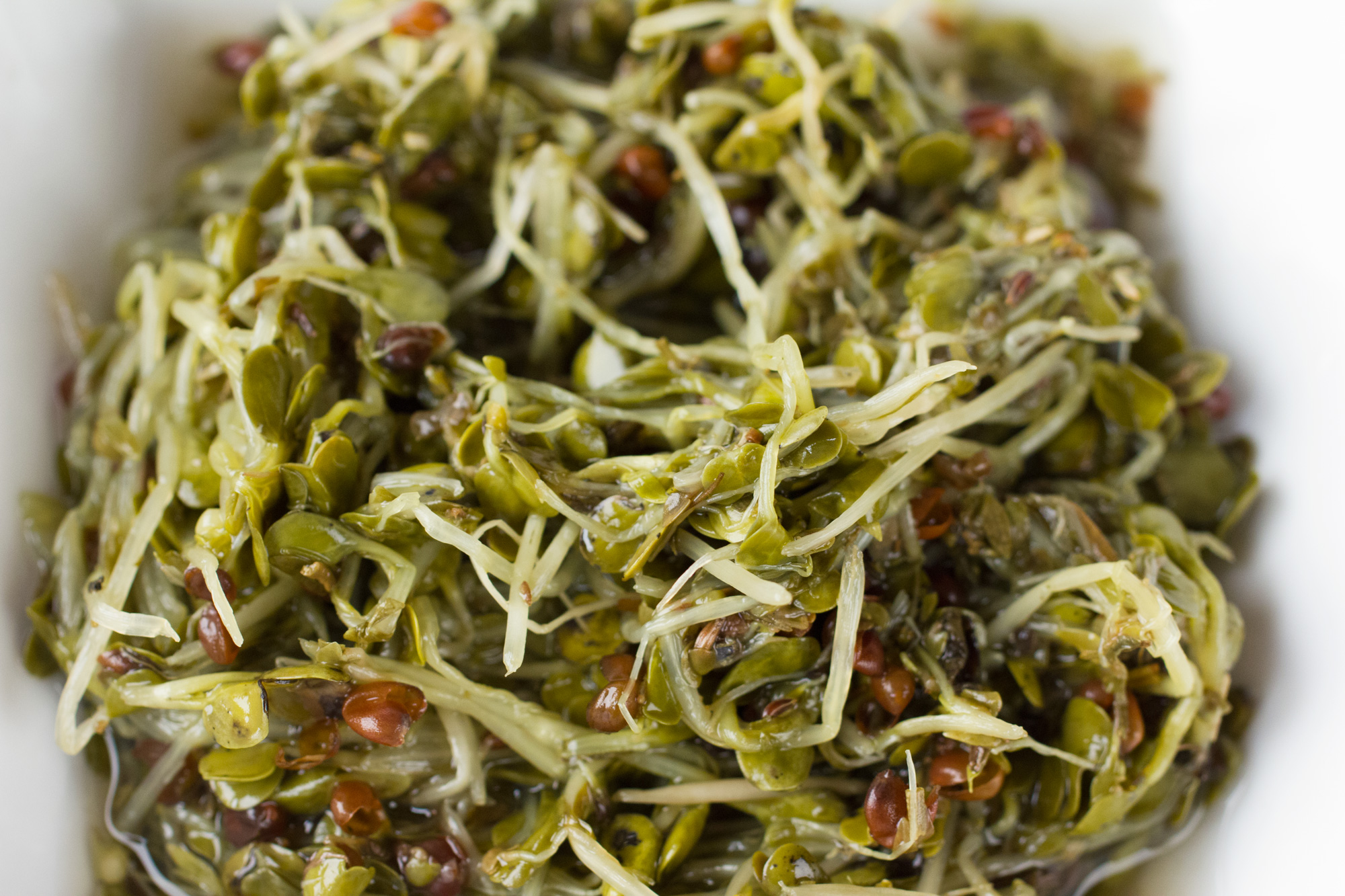
About the microgreen coleslaw:
So the coleslaw is daikon radish its got basil and parsley microgreens and I have vinegar and 4 spices in there, super simple in terms of coleslaw. It's super shelf stable and I can't visually tell the difference between this after 24 hours and 5 months. After 24 hours it's done, I have an un-refrigerated shelf-life test right now that had been going on for 7 1/2 months.
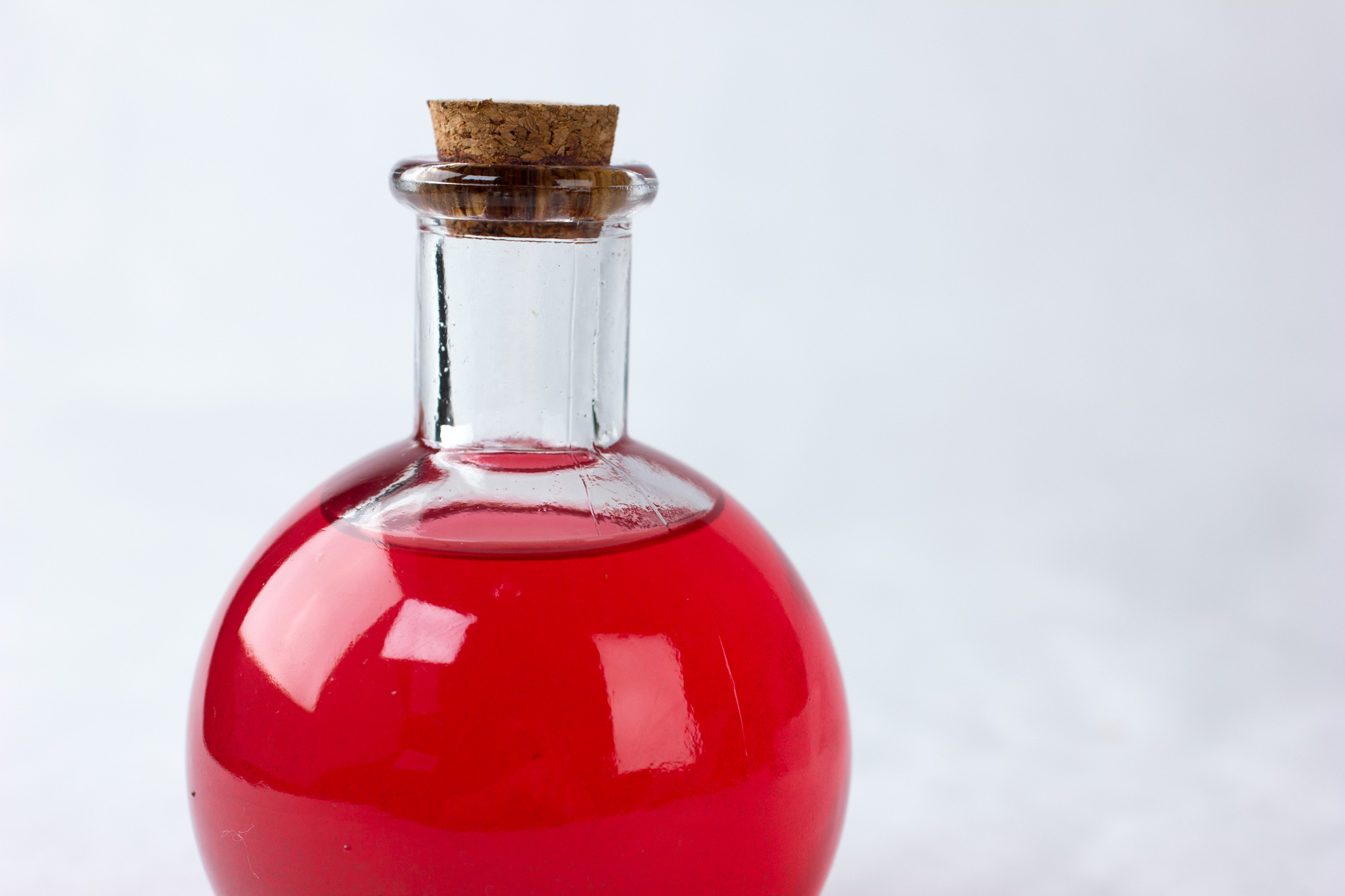
On the brilliant red vinegar:
This is from one of our mixes with more red acre cabbage in it, that's where the color comes from.
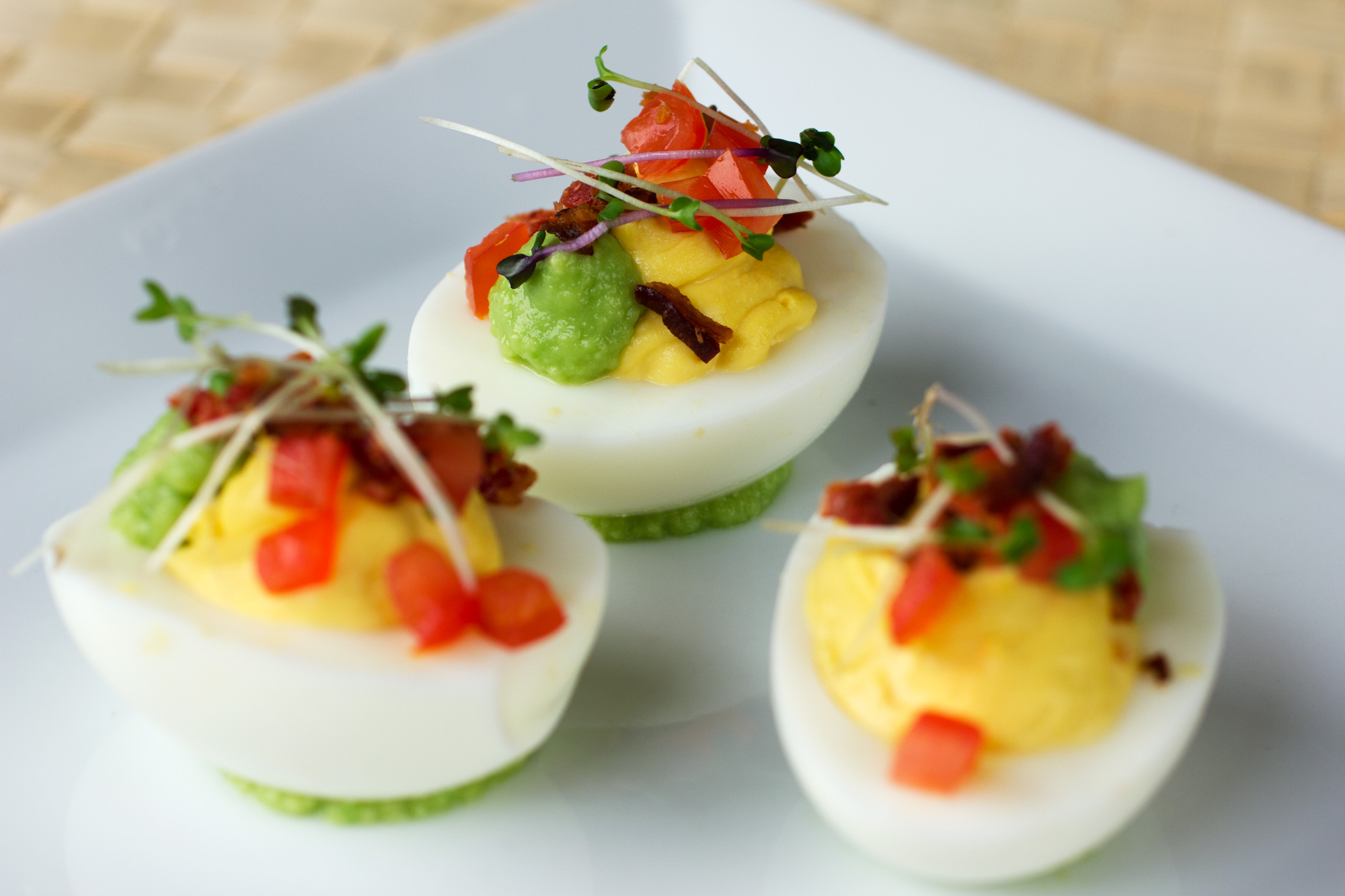
I used the micros that Ian shared with me on this recipe.

